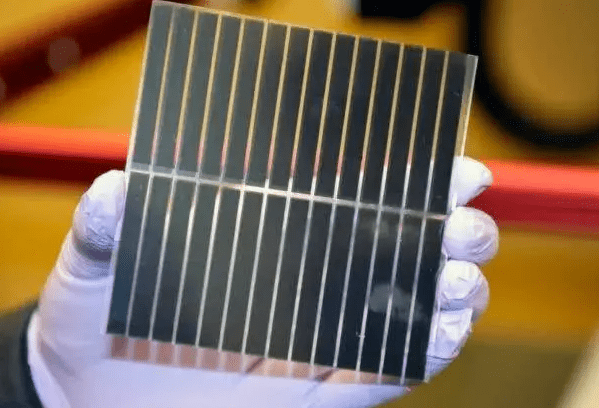When considering the best type of solar panel for commercial use, it’s essential to delve into the various options available and consider their specific advantages.

- Crystalline Silicon Cell Panels: These panels are widely used in the solar industry and offer a good balance between performance and cost. Within this category, there are two common types: polycrystalline silicon and monocrystalline silicon solar cells.
- Polycrystalline Silicon Solar Cells: These panels are made from multiple silicon crystals, resulting in a slightly lower efficiency compared to monocrystalline panels. However, they are more cost-effective due to simpler manufacturing processes. They have a blueish appearance and work well in high-temperature environments.
- Monocrystalline Silicon Solar Cells: These panels are made from a single crystal structure, resulting in higher efficiency and better space utilization. Their black or dark appearance is considered aesthetically pleasing. While they tend to be more expensive, they offer greater long-term electricity production and are ideal for limited roof space.
- Amorphous Silicon Cell Panels: These panels are known for their lightweight and thin design, making them suitable for applications where weight and volume are important considerations. Two common types of amorphous silicon panels are thin-film solar cells and organic solar cells.

- Thin-Film Solar Cells: Made by depositing a thin layer of semiconductor material onto a substrate, these panels can be flexible and adaptable, allowing them to be integrated into various surfaces such as curved structures or building facades. They perform well in low light conditions but have a slightly lower efficiency compared to crystalline silicon panels.
- Organic Solar Cells: These panels use organic materials to convert sunlight into electricity. They have the potential for low-cost production and can be manufactured using simple processes such as printing. However, they are still in the early stages of development and require further research to improve their efficiency and durability.
- Dye-Sensitized Solar Cells: This emerging technology utilizes a dye-coated semiconductor material to capture sunlight and convert it into electricity. They offer advantages such as low production costs, simple manufacturing processes, and high solar cell efficiency. However, they are not yet commercially mature and require more research and experimentation to enhance their performance and reliability.
When deciding on the best solar panel for commercial use, it’s crucial to consider factors such as the specific application scenario, energy demand, budget, and long-term investment costs. Conducting detailed research, comparing specifications, efficiency ratings, warranties, and consulting with solar professionals can help you make an informed decision that aligns with your requirements and maximizes your return on investment.



